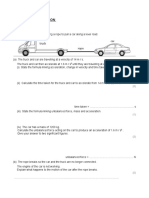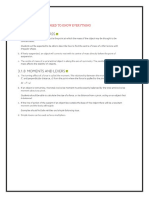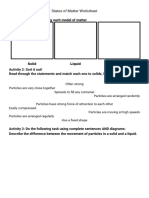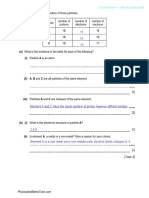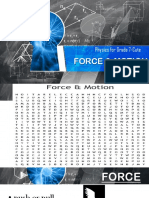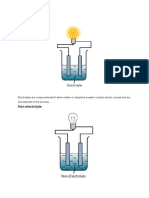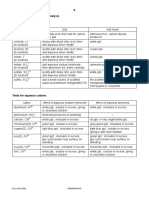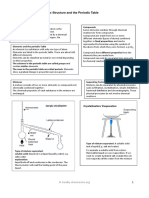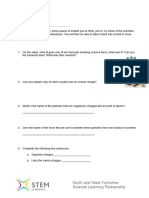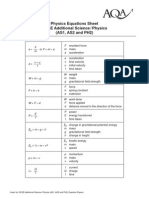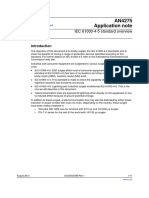100% found this document useful (1 vote)
112 views8 pagesStatic Electricity - Lesson Note
Static electricity is caused by an imbalance of electric charges within or on the surface of a material. It remains until the charge is able to move away through a current or discharge. Objects can become charged through friction or induction and may attract or repel each other based on whether they have like or unlike charges. Conductors allow charge to flow freely while insulators do not, and earthing is used to neutralize excess charge. Applications include electrostatic precipitators, photocopiers, and paint spray guns.
Uploaded by
yashmiganegoda13Copyright
© © All Rights Reserved
We take content rights seriously. If you suspect this is your content, claim it here.
Available Formats
Download as PDF, TXT or read online on Scribd
100% found this document useful (1 vote)
112 views8 pagesStatic Electricity - Lesson Note
Static electricity is caused by an imbalance of electric charges within or on the surface of a material. It remains until the charge is able to move away through a current or discharge. Objects can become charged through friction or induction and may attract or repel each other based on whether they have like or unlike charges. Conductors allow charge to flow freely while insulators do not, and earthing is used to neutralize excess charge. Applications include electrostatic precipitators, photocopiers, and paint spray guns.
Uploaded by
yashmiganegoda13Copyright
© © All Rights Reserved
We take content rights seriously. If you suspect this is your content, claim it here.
Available Formats
Download as PDF, TXT or read online on Scribd
/ 8



